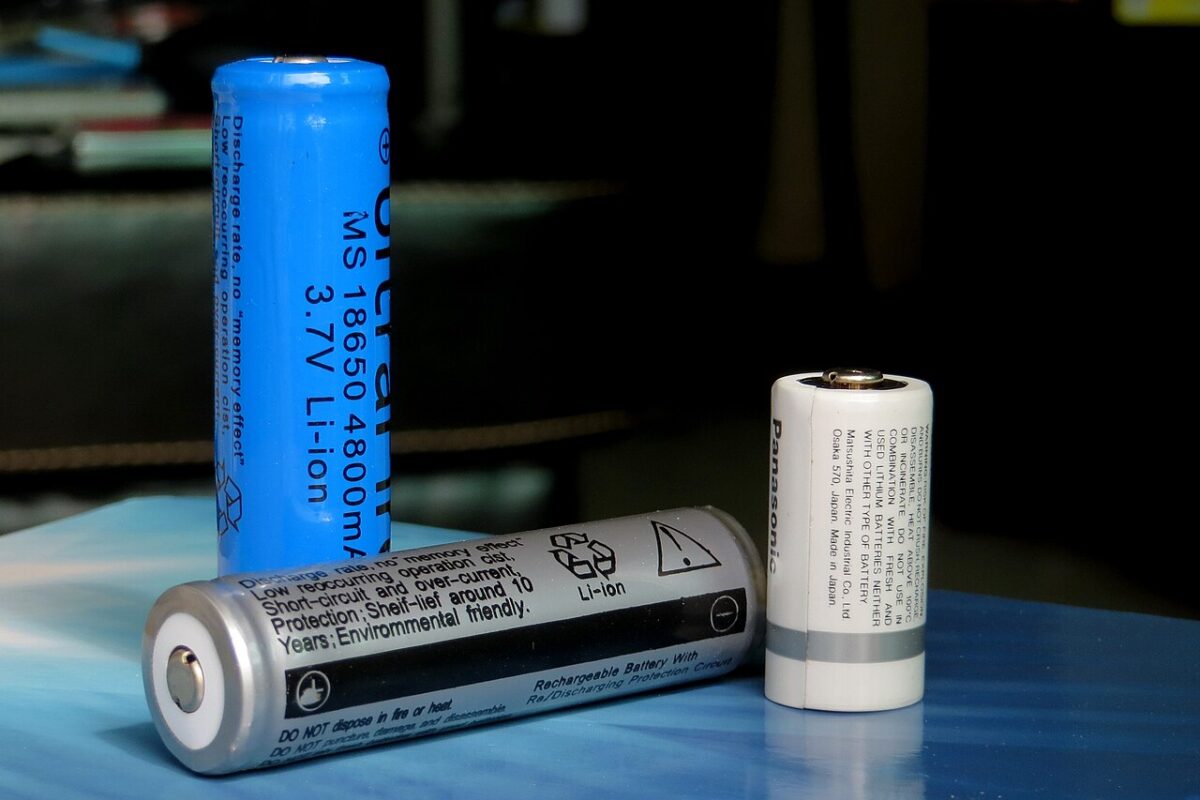Scientists at the United States National Renewable Energy Laboratory (NREL) and the Korea Advanced Institute of Science and Technology have demonstrated a method of producing gallium arsenide (GaAs) solar cells with a reusable germanium substrate. The researchers say the technique brings the potential for cheaply produced GaAs cells a step closer.
Cells made from such materials are well known for strong performance and efficiency – the NREL previously worked with Chicago-based Microlink Devices to produce a three-junction cell with a record setting 37.75% conversion efficiency.
However, the cost of producing such devices has confined them to niche applications such as drones and satellites, where low weight and high efficiency are more pressing concerns than cost in relation to the energy produced. Several companies and research institutes, however, are working on methods of bringing down production costs for GaAs and III-V solar cells – which include materials from those groups of the periodic table – to acceptable levels for commercial production.
The ‘germanium on nothing’ approach taken by the team, described in the paper Germanium-on-Nothing for Epitaxial Liftoff of GaAs Solar Cells – published in the journal Joule – involves the creation of a thin layer of germanium on a germanium wafer, and the growth of a GaAs cell on top of the thin layer. Both levels are then peeled off the germanium wafer, allowing it to be reused as a substrate. The process creates a series of pores in the germanium wafer the size and distribution of which allows for a gap – the ‘nothing’ – between the thin germanium and the wafer.
Reusable substrate brings down costs
Using the process, the team produced a 14.44% efficient GaAs solar cell. David Young, senior scientist at the NREL’s high efficiency crystalline photovoltaics group, said optimizations to the process could bring efficiencies of well above 20%. “This is the first time that GON [germanium on nothing] has been demonstrated with a surface sufficiently smooth to allow high-quality epitaxial growth of GaAs,” he said.
The NREL estimates semiconductor substrates for cell growth represent around 30% of the cost of a III-V solar cell. A reusable substrate could bring significant savings. The lab, however, did not indicate how many times the germanium wafer could be reused and did not provide an estimate of the costs that may be achievable with the process, stating only that “this technique could enable the cost-effective and high-volume production of single and multijunction III-V solar cells”.
The process developed by Microlink that yielded the 37.75% efficient cell last year relied on a gallium-arsenide substrate which can also be reused to reduce costs, however there was no claim the technology would make a significant contribution to cost effective production.
This content is protected by copyright and may not be reused. If you want to cooperate with us and would like to reuse some of our content, please contact: editors@pv-magazine.com.




When will it become available. Expected time.
Available now, price permitting. It’s 2 minutes to midnight btw. Line up your transmission and reverse logistics, glass end, self-cleaning tech agreements and raise like its Q3’19, though.
Good news that these solar cells are becoming even cheaper.
I am still waiting for ‘the cheaper to make then silicon cells’ cigs to come dropping from ridiculous high prices….